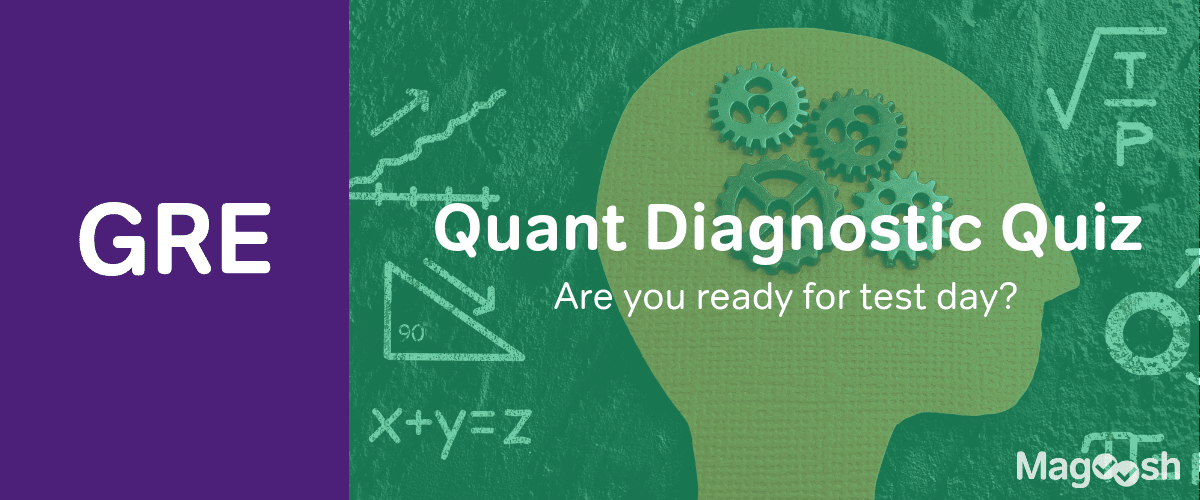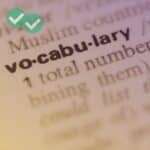
The Quantitative Reasoning section of the GRE is all about flexing your math muscles and solving problems. One unique—and sometimes tricky—type of question you’ll encounter here is the Quantitative Comparison (QC). These questions require you to compare two quantities and determine their relationship, rather than providing a single numerical answer. In this article, we will explore strategies and tips to help you tackle QC questions with confidence and accuracy.
What are quantitative comparison questions?
In QC questions, you’re given two quantities—creatively named Quantity A and Quantity B. Your task is to compare these quantities and determine their relationship using one of the following options:
(A) Quantity A is greater.
(B) Quantity B is greater.
(C) The two quantities are equal.
(D) The relationship cannot be determined from the information given.
You don’t need to find the exact values of Quantity A and Quantity B. Instead, focus on their relationship using the info the question gives you.
Example question
x^3=27
Quantity A: x
Quantity B: The smallest odd prime number
To solve the given equation x^3=27, take the cube root of both sides to find x=3.
A prime number is divisible by only two factors, 1 and itself. Thus, 1 is not a prime number, 2 is the smallest even prime number, and three is the smallest odd prime number. So, if x=3, and Quantity B = 3, the correct answer is (C) The two quantities are equal.
Tips and tricks for tackling QC questions
Keep It Simple, Smarty: Before diving into complex calculations, try simplifying both quantities. Cancel out terms, look for common factors, or convert expressions into something easier to handle. This could make comparing them a whole lot simpler (and faster!).
Estimate Like a Pro: Many QC questions don’t require super precise calculations. Instead, try using approximations or estimations to quickly compare the sizes of the quantities. This could save you time and help avoid calculation errors.
Plug in numbers: If the quantities involve variables, try plugging in specific numbers. Test different scenarios to figure out the relationship between Quantity A and Quantity B. This can be especially helpful with complex algebraic expressions.
Watch out for restrictions: Keep an eye out for any restrictions or limitations in the question. Certain conditions or constraints could impact the relationship between the quantities. So pay attention to the details!
Quantitative Comparison questions on the GRE might seem intimidating at first, but with a solid game plan and plenty of practice, you can definitely conquer them. Remember to simplify where you can, use approximations, and always stay mindful of any restrictions. By honing these skills, you’ll gain the confidence you need to ace the Quantitative Reasoning section and get the GRE score you’re aiming for.





Leave a Reply